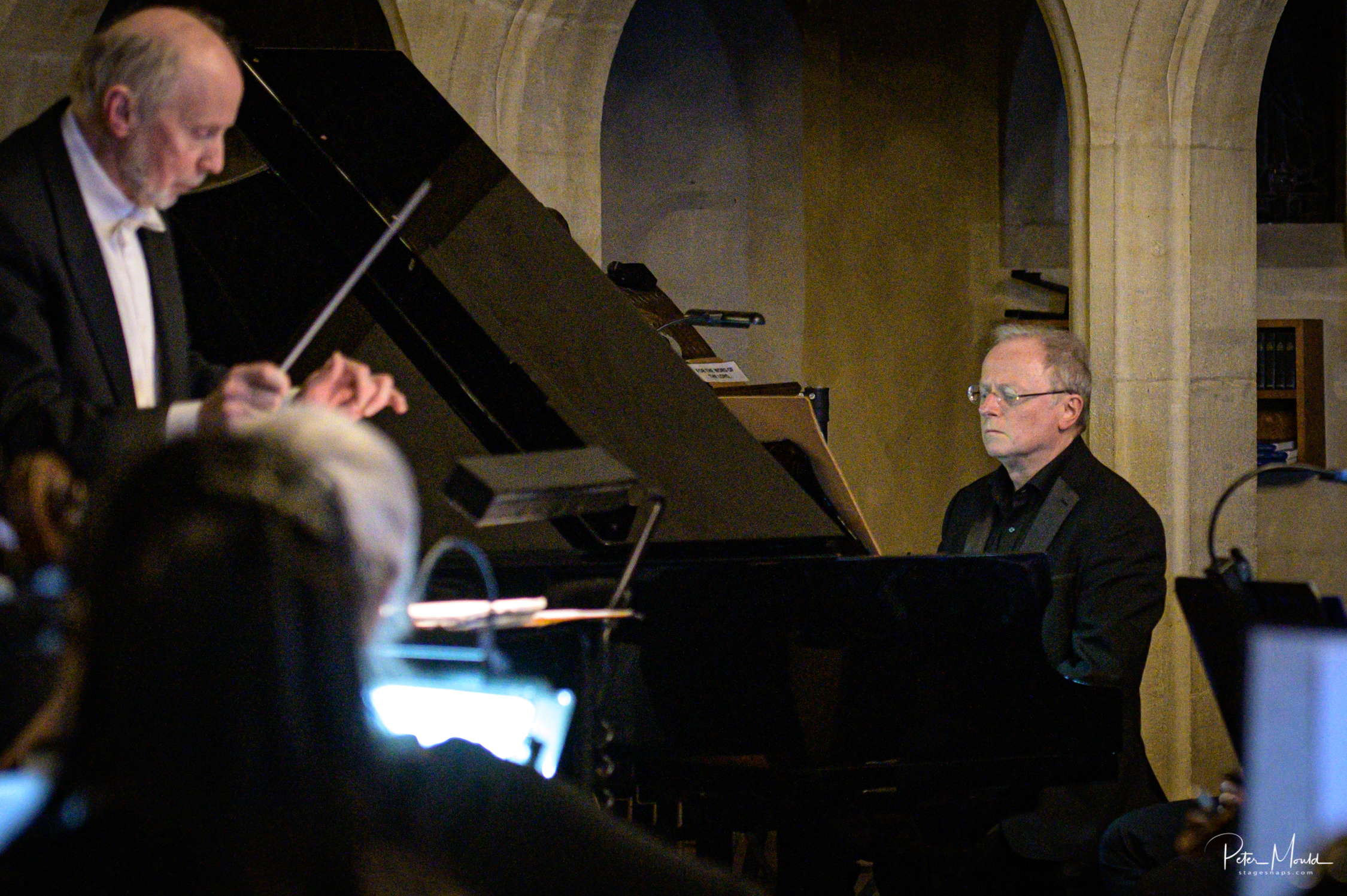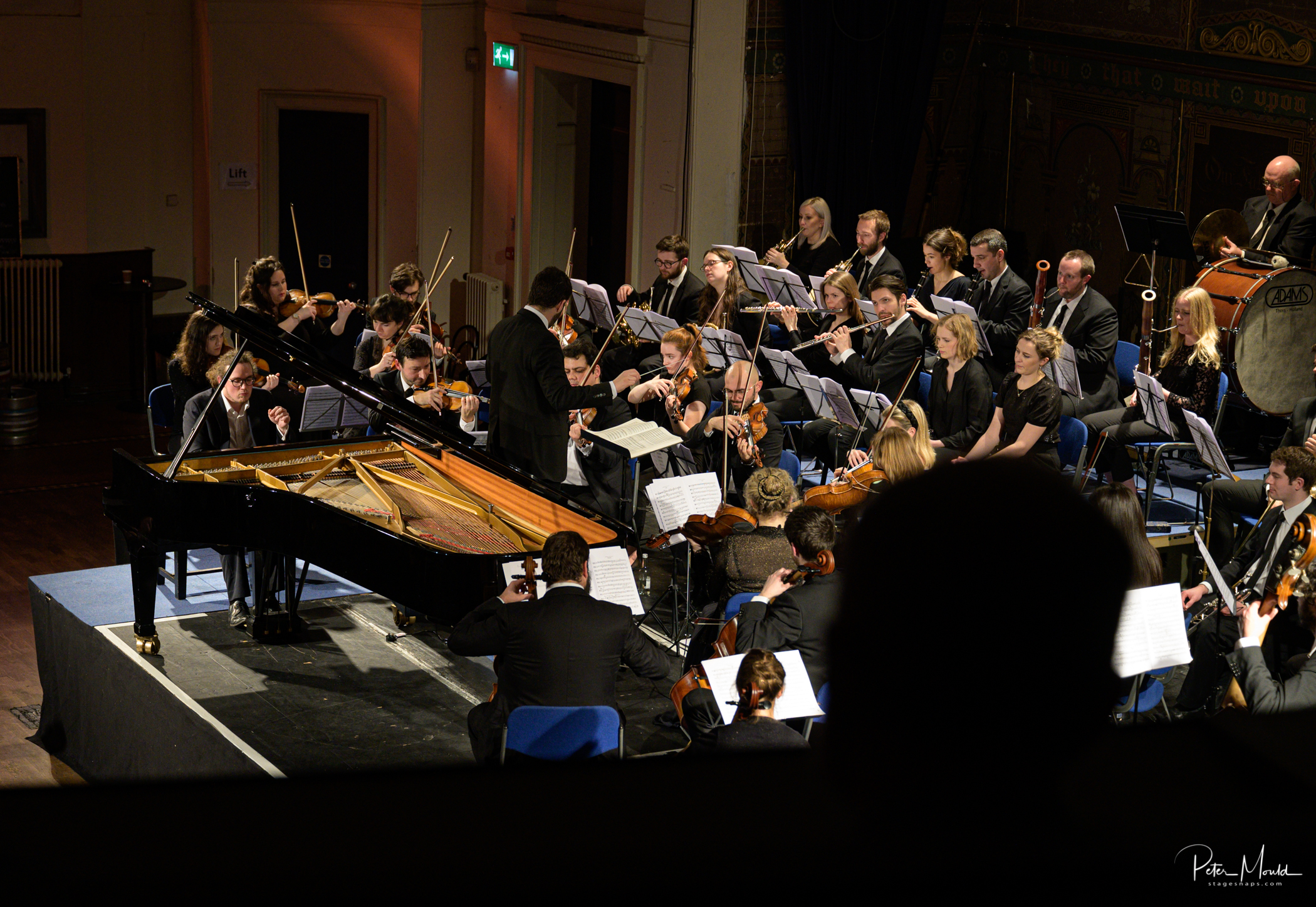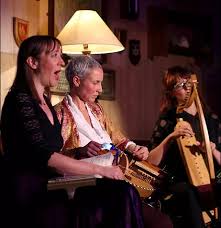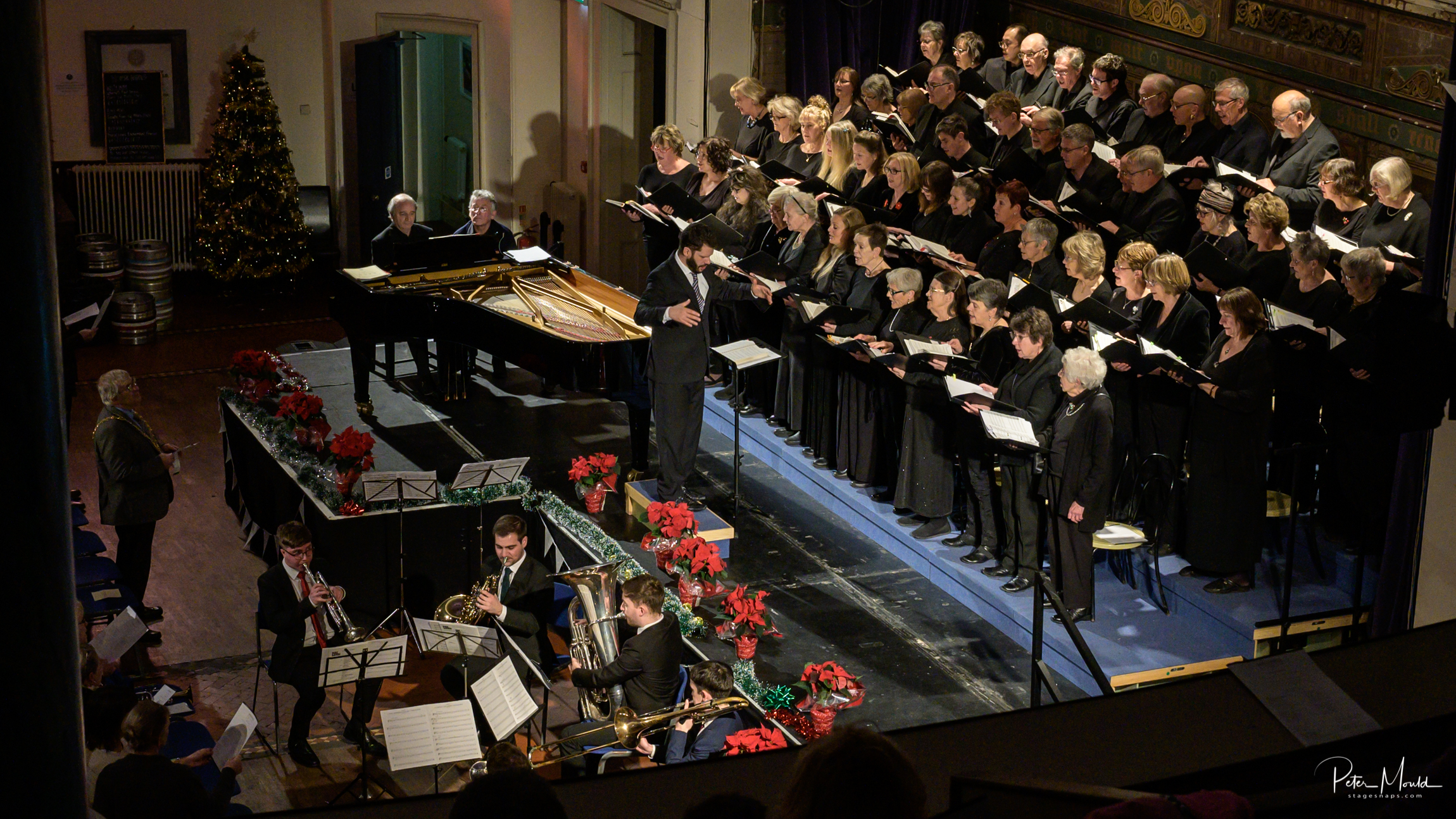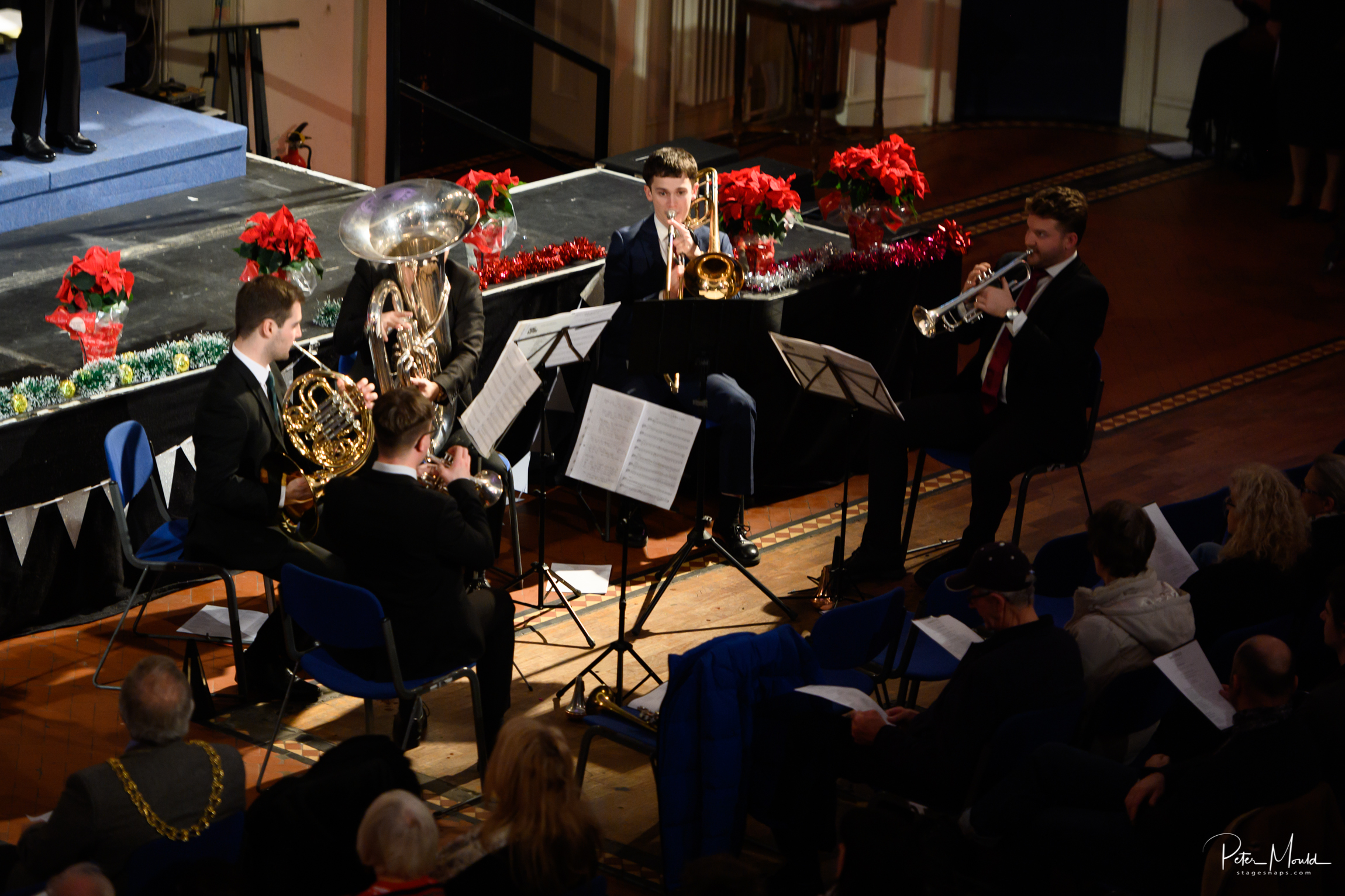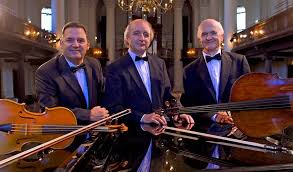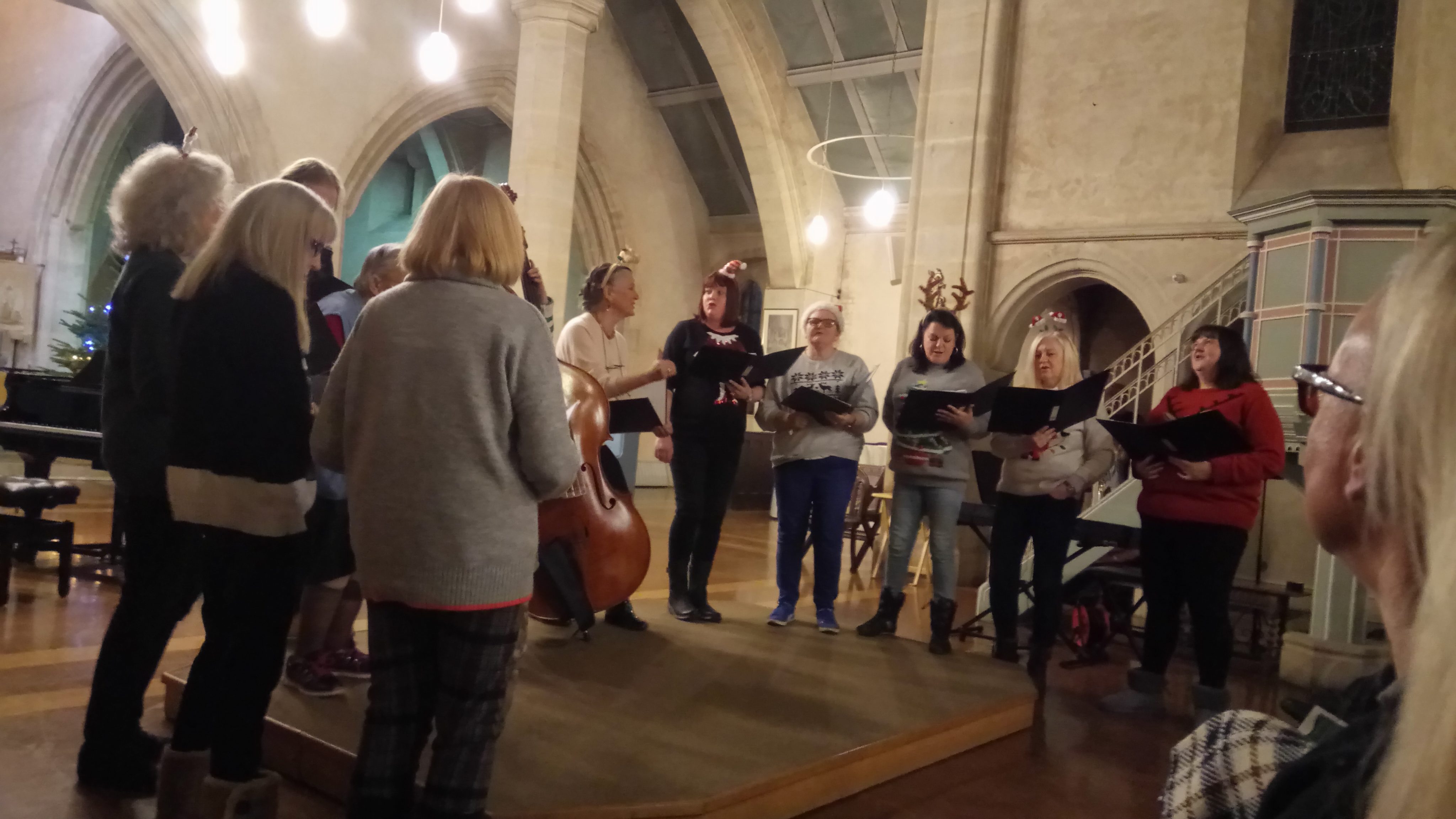St John the Evangelist, Brittany Road, St Leonards
Saturday 1 February 2020
Hastings Sinfonia’s Winter Concert was a challenging mix of music and musical styles. They also had the good fortune to attract three professional soloists across their eclectic programme. The first half was given over entirely to Beethoven’s Violin Concert with Daniel Rainey as soloist. He produced some lovely long musical lines, floating above the weight of the orchestra which at times came close to drowning him out – possibly a result of the acoustic in the church rather than the dynamics set by conductor Derek Carden. The slow movement faired best with some lovely bassoon solos playing around the violinist’s seemingly improvised lines.
The second half opened in similarly weighty vein with Franck’s Symphonic Variations. Howard Southern, a regular soloist with the Sinfonia, was the pianist here and managed to give some structure to a work which can seem all too disparate until the ‘tune’ breaks through towards the end.
After that we seemed to be in to a very different event, with a succession of shorter popular items, led by soprano Thomasin Trezise singing Musetta’s Waltz Song from La boheme and Juliet’s Waltz Song from Gounod’s Romeo et Juliette. Both items were, rightly, enthusiastically received as she not only sings them superbly but know how to play her audience to get the right response.
Two recent works brought us Polo Piatti’s romantically indulgent but finely scored Days gone by and a world premiere of Garry Judd’s Chuff. Happily linked to Hastings own local railways, it describes an imaginary journey as the steam train pulls away, encounters hills and gradually arrives at its destination. It is a lovely work and certainly deserves to be much more widely known.
Khachaturian’s Sabre Dance is obviously a favourite with the orchestra and brought out all their raucous strength before the final part of Elgar’s Enigma Variations which needs not only full orchestra but the organ as well.
A fine evening, packed to capacity in St John’s, and one to send us on our way feeling contended.

